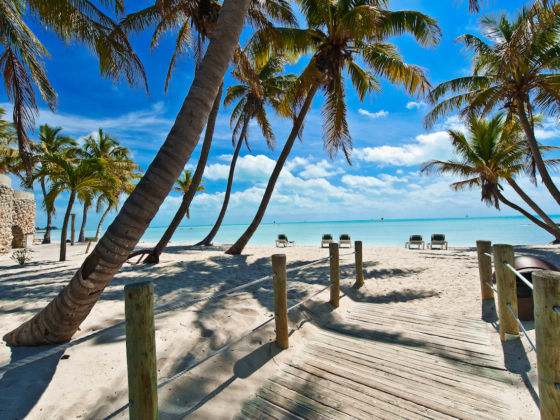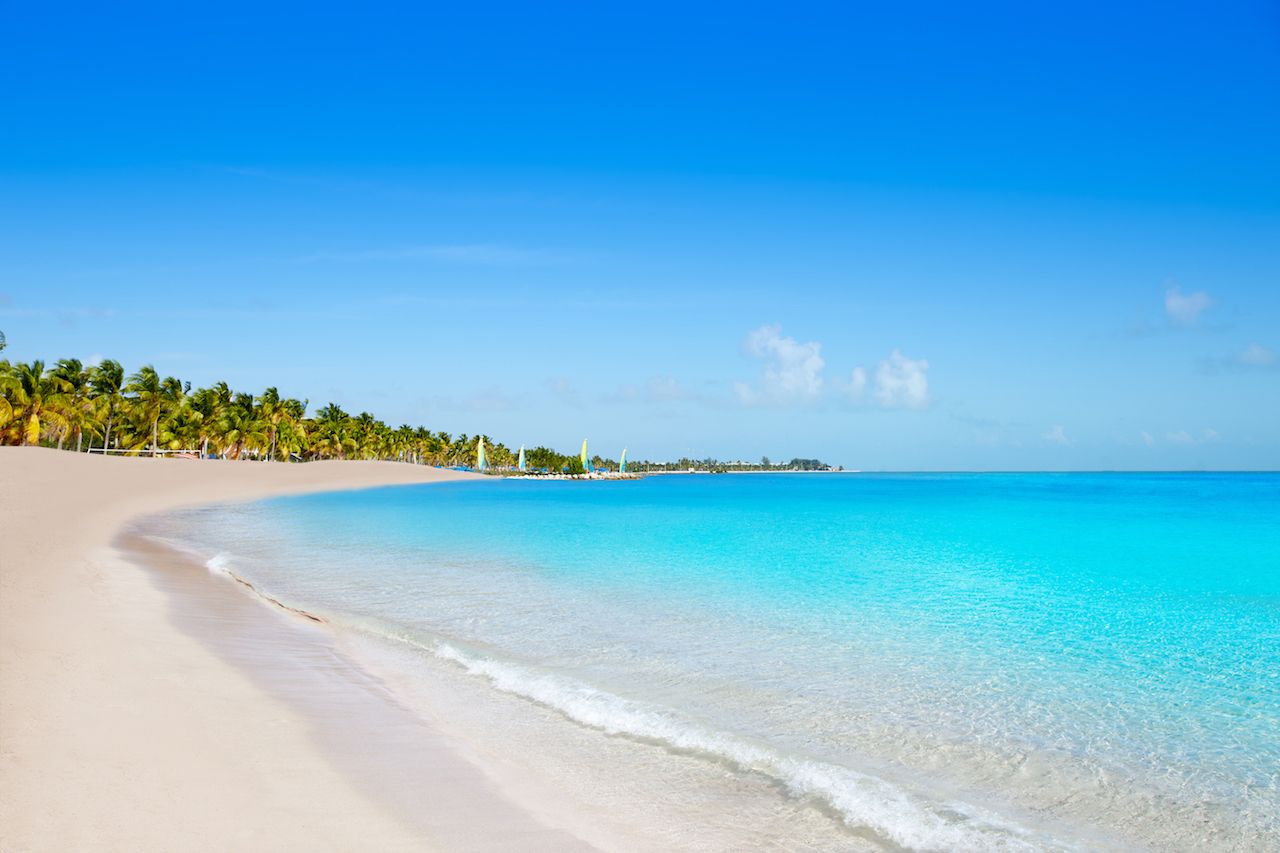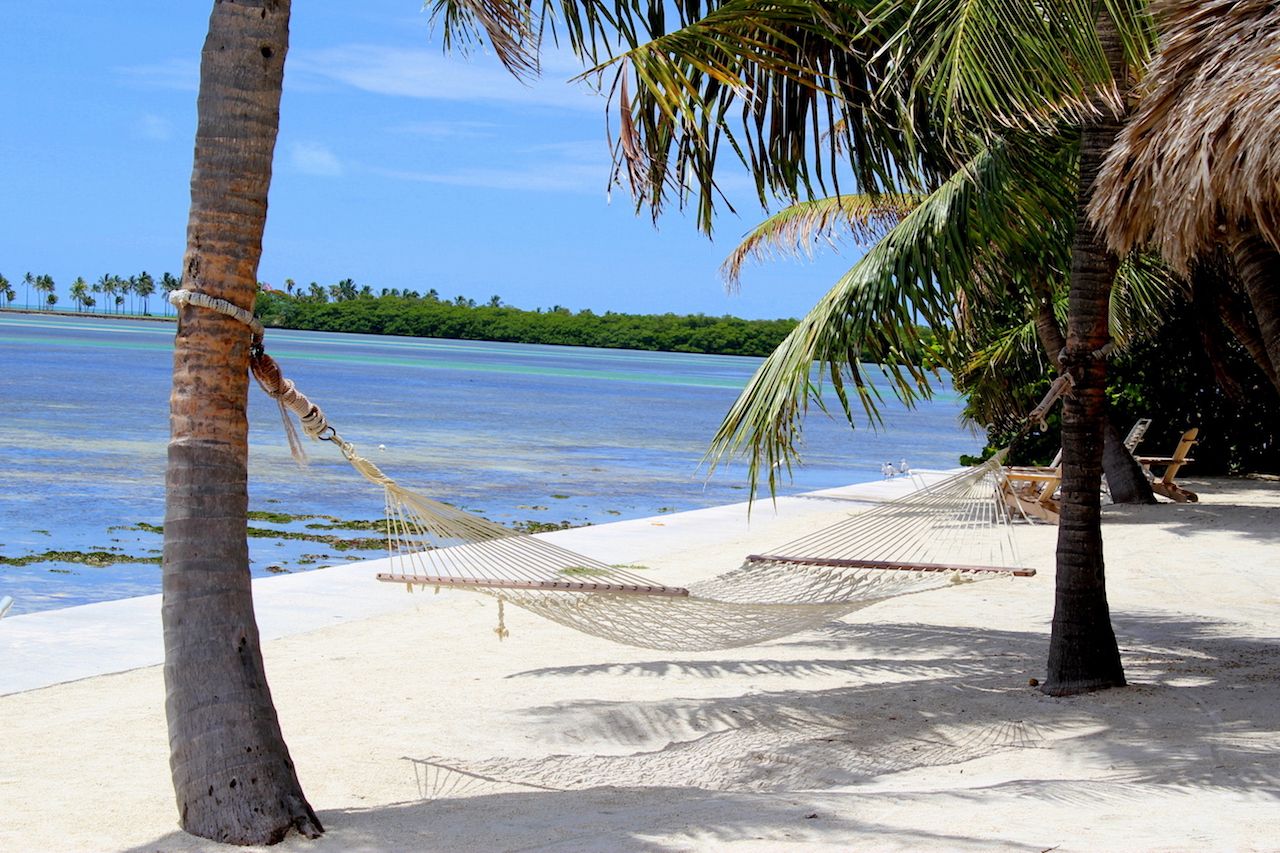To say it’s a slow day at Playa Largo Resort’s water-sports tent would be an insult to slow. Like saying Blockbuster Video’s having a slow decade of sales.
Four eager guides are sitting on a brochure-covered desk, waiting behind polarized Oakleys for someone, anyone, to show up. The air is heavy and hot, and unlike most days in Key Largo, there’s not even a hint of a breeze. One strolls over to the dock and casts a fishing line into the water.




